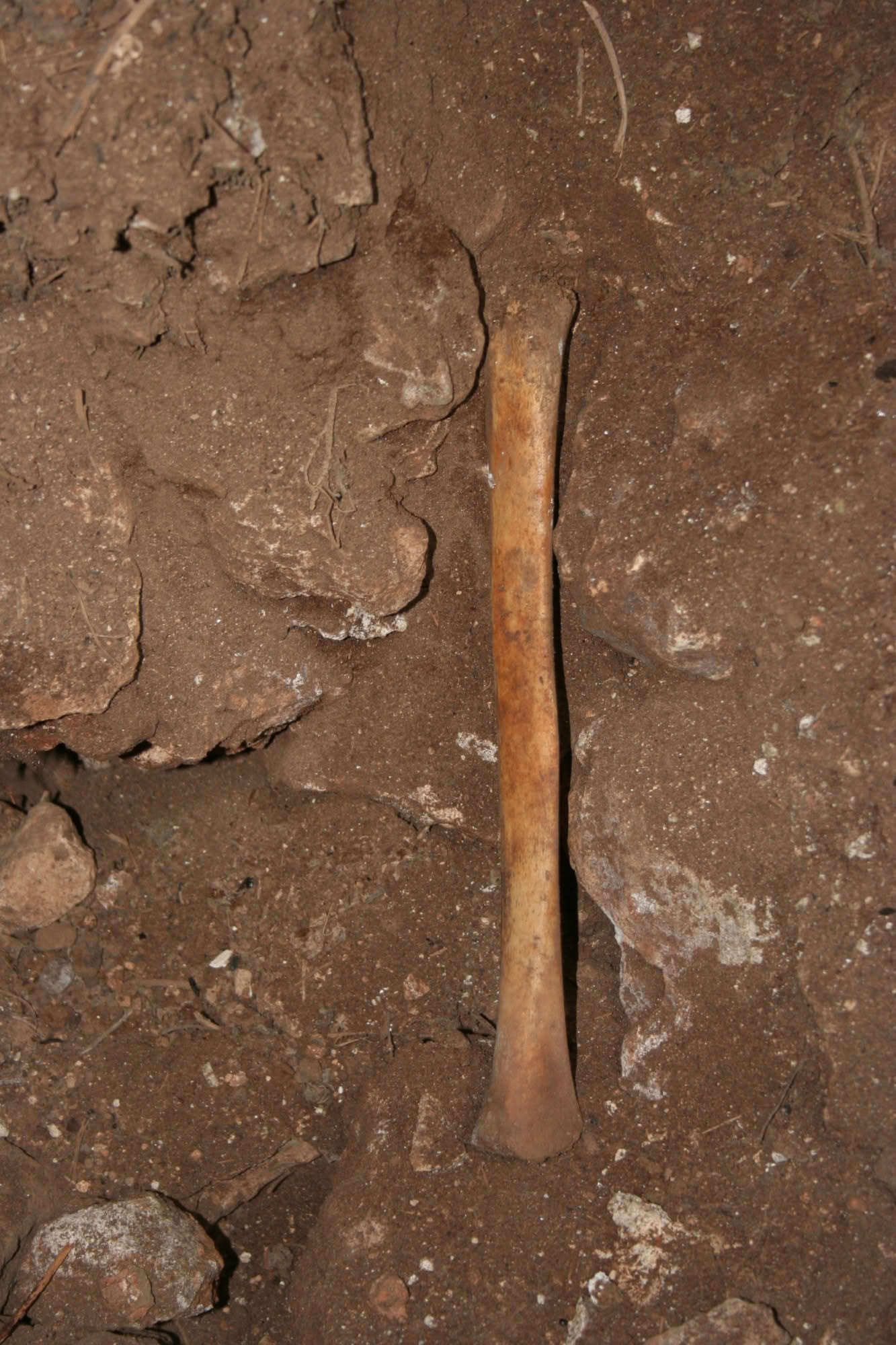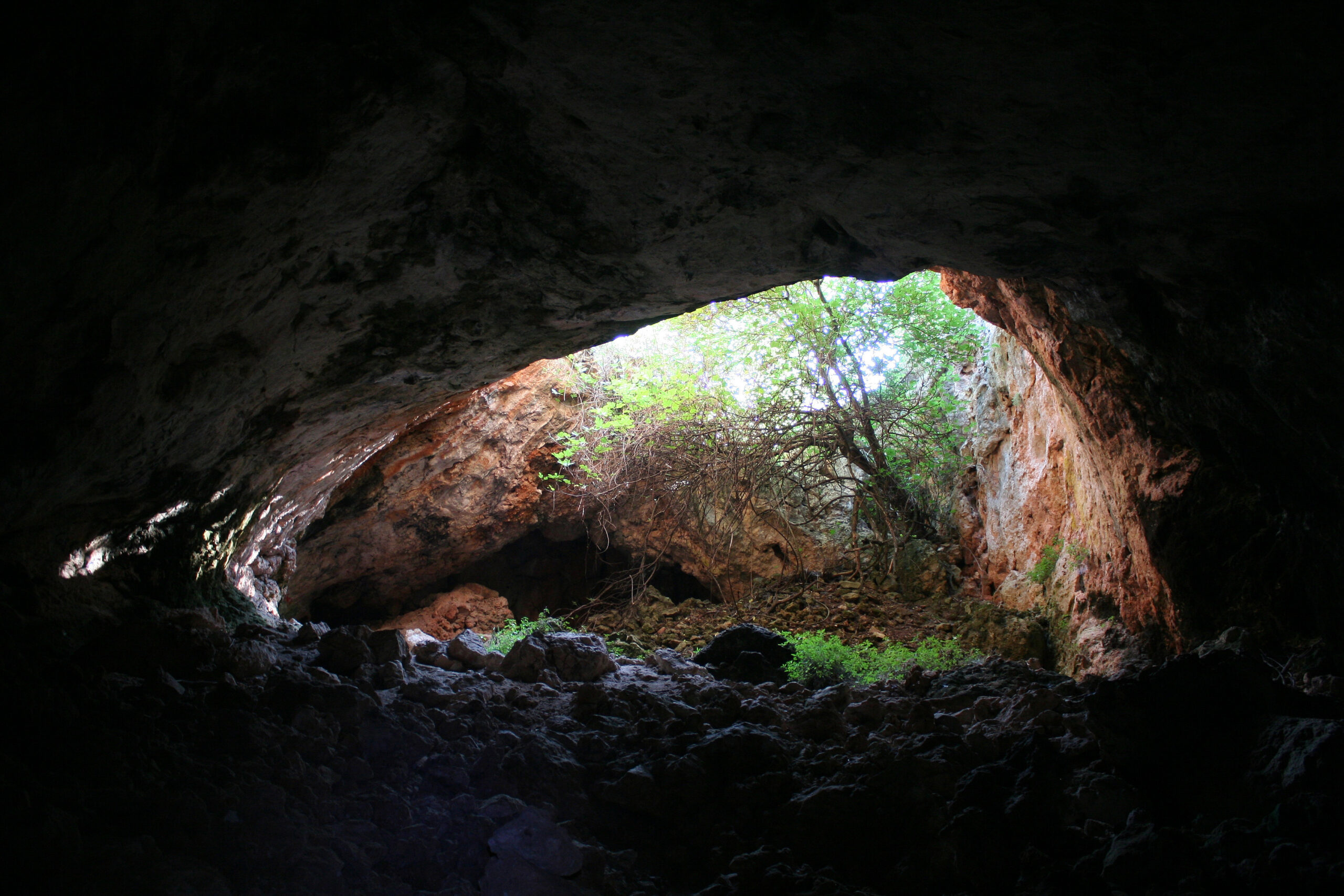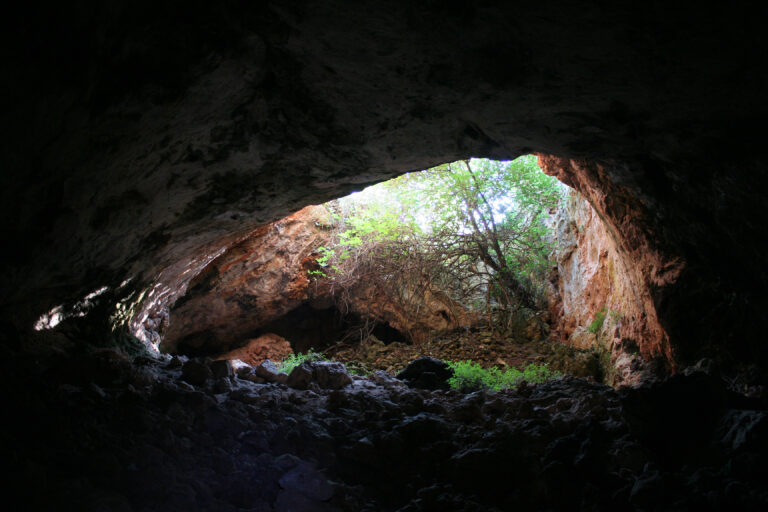Ancient human remains buried in Spanish caves were subsequently manipulated and utilized: Findings at the Cueva de los Marmoles add to a pattern of human burial and modification in the Iberian Peninsula
Caves served as sites for burial and later modification of human remains for thousands of years in the Iberian Peninsula, according to a study published September 20, 2023 in the open-access journal PLoS ONE by Zita Laffranchi and Marco Milella of the University of Bern, Switzerland, and Rafael Martinez Sanchez, Universidad de Córdoba, Spain, and colleagues.
The use of caves as burial sites is a cultural phenomenon with a broad distribution in both space and time. In the southern Iberian Peninsula, this practice became particularly common starting around the 4th millennium BCE. Also common in the archaeological sites of this region is evidence of manipulation of buried human remains, although the cultural meaning behind this is largely unclear. In this study, researchers examine altered human remains from a cave, Cueva de los Marmoles, in southern Spain.

The researchers assessed numerous skeletal remains belonging to at least 12 individuals. Radiocarbon dating identified burials dating from the 5th to the 2nd millennium BCE. The team also documented intentional post-mortem modifications to the bones, including fractures and scrapes that might have resulted from efforts to extract marrow and other tissues. Included among these remains were one tibia that appears to have been modified for use as a tool, and one cranium “skull cup” that might have similarly been modified for some dietary or practical use.
These results are consistent with other cave sites in the southern Iberian Peninsula, representing a widespread practice of buried human remains being later modified and utilized for food and tools. The authors suggest there could also be further symbolic purposes of these modifications which might become more clear with further study.
The authors add: “Neolithic human remains from Marmoles Cave suggest complex funerary behaviors in Andalusia during Prehistory.”

Study suggests the ritual use of human remains dating from the Neolithic
The University of Cordoba has participated in an international study documenting post-mortem bone modifications not linked to consumption.
Many bone remains deposited in prehistoric caves feature cuts and marks, with the scientific communityat timesattributing to their usage for human consumption. A study presented by University of Cordoba researcher Rafael Martínez Sánchez, and led by Zita Laffranchi and Marco Milella at the University of Bern (Switzerland), together with other researchers from different research centers, has just been published in the journal PLoS one. The work advances our knowledge of the funerary rites that took place as of the Neolithic by documenting how prehistoric societies modified human bones to make use of them.
To this end, more than 400 remains were analyzed. Corresponding to both adults and preadults, they were found in the Cueva de los Mármoles (cave) in Priego de Córdoba, and are preserved in the town’s Archaeological Museum. Thanks to high-resolution molds that were studied with an electron microscope, the research team observed that many of the marks on some bones are compatible with a cleaning process carriedout in order to use the bone remains as tools and not (at least, in principle) for consumption.
As Martínez Sánchez explains, establishing that the marks of the bones correspond to one use (tools) or another (food) is difficult, especially because these remains were deposited on the surface of the cave, rather than being buried, such that they may have undergone other types of taphonomic modifications (by animals, trampling…) over the years. The study, however, does not see the marks of the bones as suggesting that they were used to obtain soft parts from them, for consumption. Rather, they are seen as evidencing a more careful cleaning process consistent with their instrumental use. Found were a fibula with a pointed end, a modified tibia, and a skull.
In addition, carbon-14 dating of twelve remains has indicated three periods of funerary use in the cave: in 3800 BC, in 2500 BC. C. and around 1,300 or 1,400 BC. The first of these periods, which corresponds to the Neolithic, coincides with a spread in the use of dolmens designed for collective burials. Therefore, it was a time characterized by a great concern with ancestors. This overlap between the first period of burials in the cave and the beginning of Megalithism, together with the fact that the marks on the bones do not seem compatible with consumption, reinforces the research group’s idea that the human remains were fashioned to be used as instruments at a given time. As Martínez Sánchez argues,
“it seems that there was the idea of grouping the dead in the same place, cleaning the remains, and using the bones as instruments, perhaps related to some type of ritual performed inside the cavity.”
With this study the team has managed to substantiate a treatment of skeletal remains most likely not linked to consumption, but rather to more complex factors. Thus, it seems that the bones were used for ritual and cultural aspects after their depositing. Moreover, these ways of thinking apparently spanned a great period of time, from the end of the Neolithic to the Bronze Age, a time
“in which we did not expect to find that bodies were still deposited in this cavity,” says Martínez Sánchez.
Press release from the University of Cordoba.
Bibliographic information:
Laffranchi Z, Milella M, Vera Rodríguez JC, Martínez Fernández MJ, Bretones García MD, Jiménez Brobeil SA, et al. (2023) As above, so below: Deposition, modification, and reutilization of human remains at Marmoles cave (Cueva de los Marmoles: Southern Spain, 4000–1000 cal. BCE). PLoS ONE 18(9): e0291152. DOI: https://doi.org/10.1371/
Press release from PLoS ONE.



